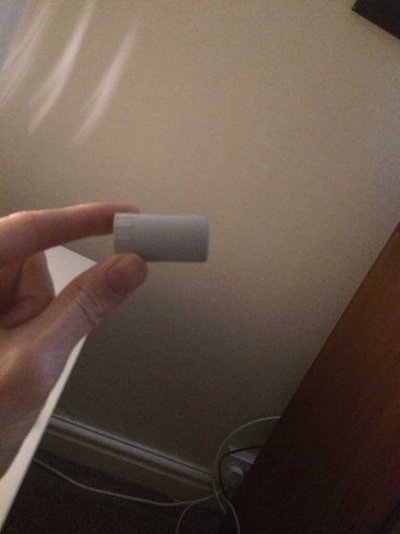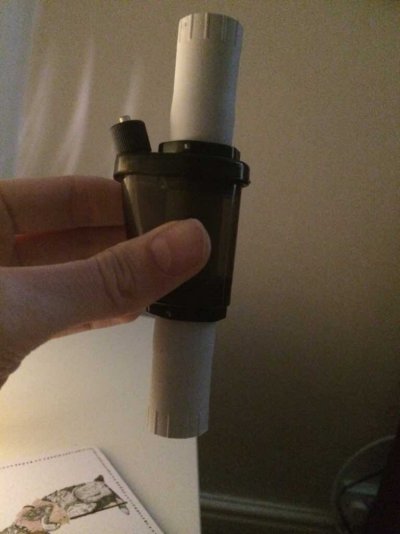Caliban07
Aquarium Advice Addict
I'm going inline. Not always being one to follow instructions and using my own logic and initiative to try and improve a design or procedure I often find myself wishing I had just done what it said on the tin so to speak.
So this atomiser instructs the user to place the atomiser in line with the outflow of the canister but I'm thinking maybe it would be better on the inlet?
Any thoughts?
Sent from my iPhone using Aquarium Advice
So this atomiser instructs the user to place the atomiser in line with the outflow of the canister but I'm thinking maybe it would be better on the inlet?
Any thoughts?
Sent from my iPhone using Aquarium Advice


